Aluminum Printed Circuit Board
Aluminum Printed Circuit Board (Aluminum PCB, for short) is the most widely adopted type of Metal Core Printed Circuit Board (MC PCB). It is also known as aluminum clad plate, insulated metal substrate, among others. This type of PCB primarily features an aluminum base, with a basic structure similar to traditional PCBs, mainly comprising four layers: an aluminum substrate at the bottom, followed by a dielectric layer (i.e., insulation layer), then a circuit layer (typically composed of copper foil), and finally an aluminum-based protective film on the outermost layer.
Notable Advantages of Aluminum Base:
1、Exceptional Thermal Management Capability
In the high-speed operation of modern electronic devices, high-power components generate significant heat. If not effectively conducted and dissipated, it can not only shorten the device's lifespan but also lead to overheating failure or even safety hazards. Aluminum PCB, with its high thermal conductivity, swiftly transfers heat from components to the exterior, enabling high-density and high-power designs. Compared to traditional glass fiber-based PCBs, aluminum PCBs offer over ten times the heat dissipation efficiency, significantly enhancing system reliability and stability.
2、Remarkable Mechanical Stability and Lightweight NatureAluminum inherently possesses excellent physical durability, effectively mitigating accidental damage risks during transportation and daily use. Furthermore, as a lightweight metal, aluminum substrates achieve structural lightness without compromising strength and rigidity, crucial for portable and space-constrained applications. Compared to other metal-based PCBs, aluminum PCBs offer superior strength and flexibility at the same weight, fulfilling the demands of high-performance and compact designs.
3、Cost-Effectiveness and Environmental Friendliness
As a raw material, aluminum is relatively low-cost and environmentally friendly, being non-toxic and easily recyclable with minimal environmental impact. When assembling high-heat dissipation components, aluminum PCBs often forgo the need for large external heat sinks due to their inherent efficiency, saving manufacturing and material costs while reducing resource consumption and waste generation, embodying green manufacturing principles.
Application Fields and Types
With its superior thermal conductivity, aluminum PCB is an ideal choice for high-density and high-power electronic products, especially in scenarios requiring rapid heat dissipation. LED lighting systems, power supply equipment, industrial control circuits, automotive electronics, computer servers, medical devices, and more, are all arenas where aluminum PCBs showcase their unique advantages. In these applications, aluminum PCBs ensure stable operation under intense conditions, extend device lifespan, reduce maintenance costs, and enhance overall performance and user experience.
In conclusion, aluminum PCB, with its outstanding performance in thermal management, mechanical properties, cost-effectiveness, and environmental friendliness, has become an indispensable key component in modern electronics industries. Its importance is increasingly prominent, especially in the pursuit of high performance and sustainable development.

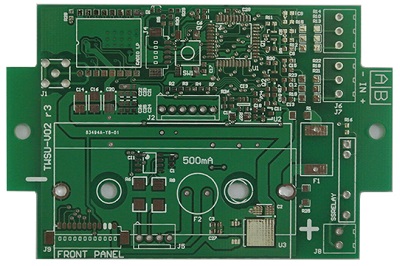 PCB
PCB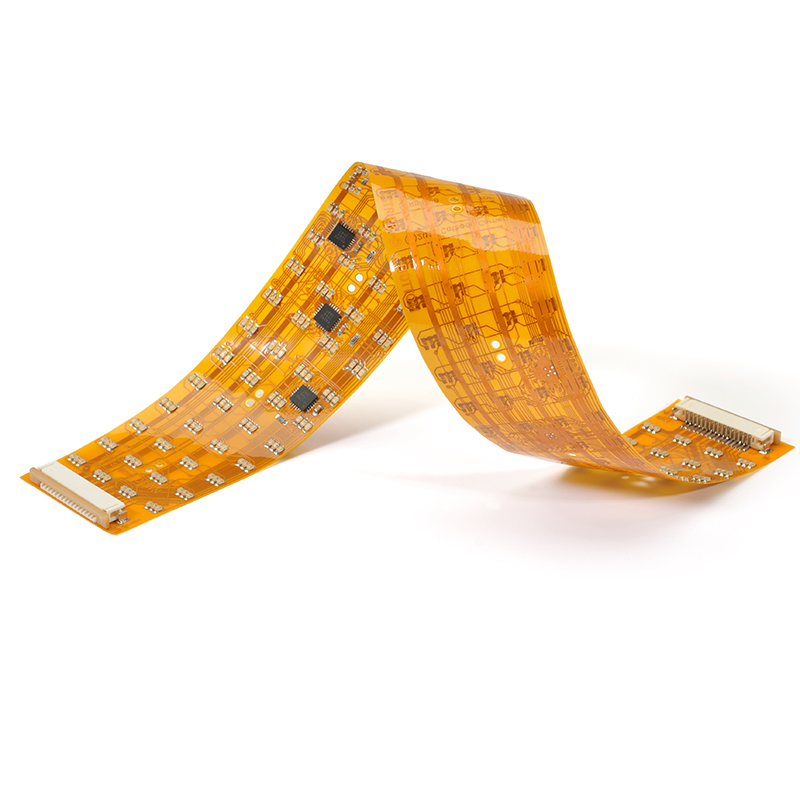 FPC
FPC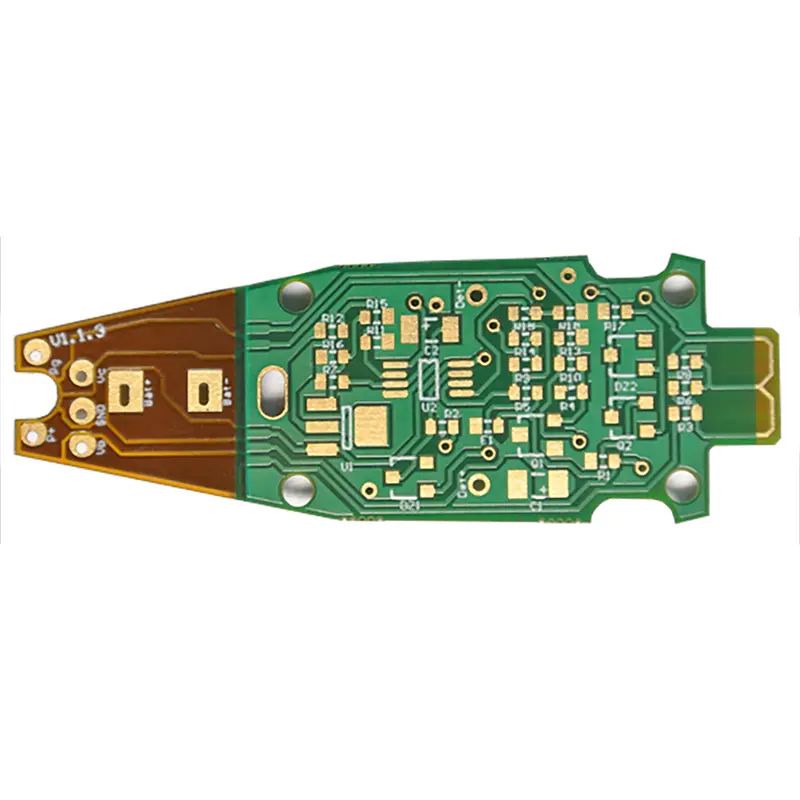 Rigid-Flex
Rigid-Flex FR-4
FR-4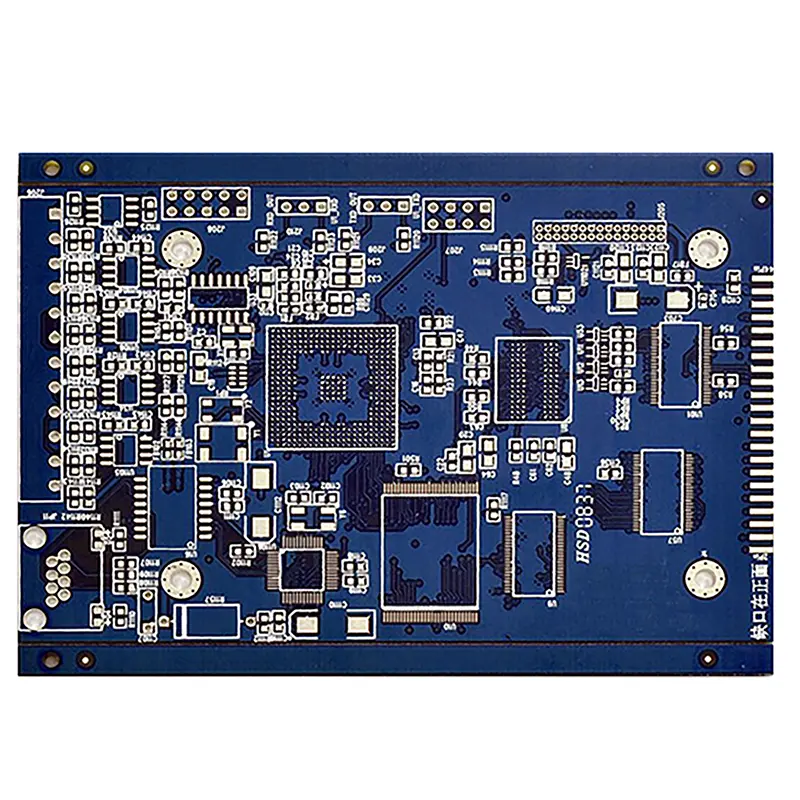 HDI PCB
HDI PCB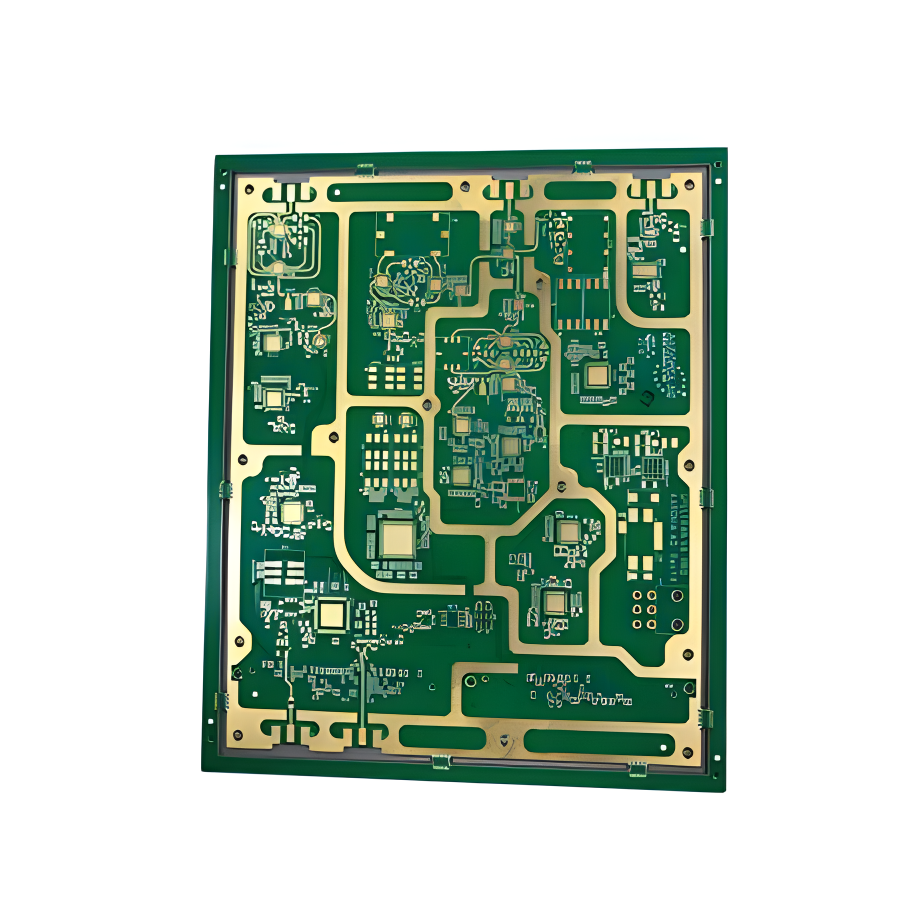 Rogers High-Frequency Board
Rogers High-Frequency Board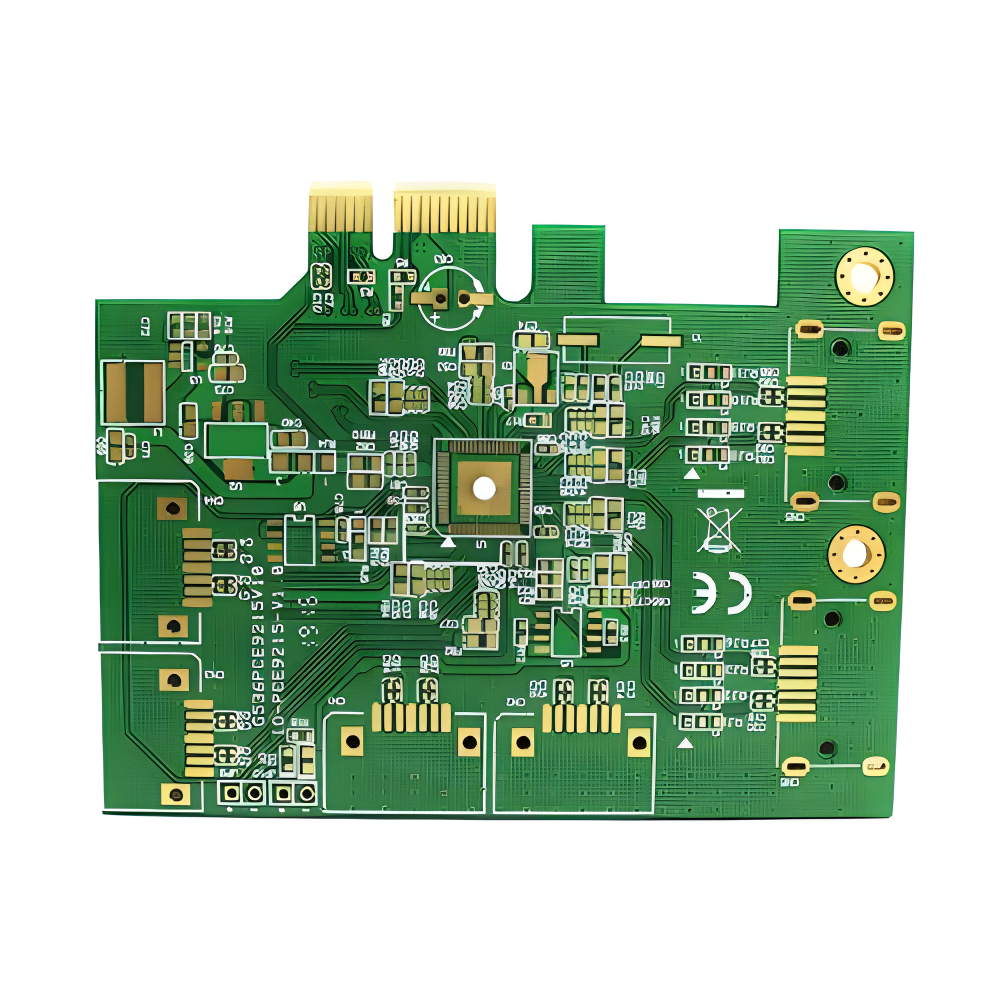 PTFE Teflon High-Frequency Board
PTFE Teflon High-Frequency Board Aluminum
Aluminum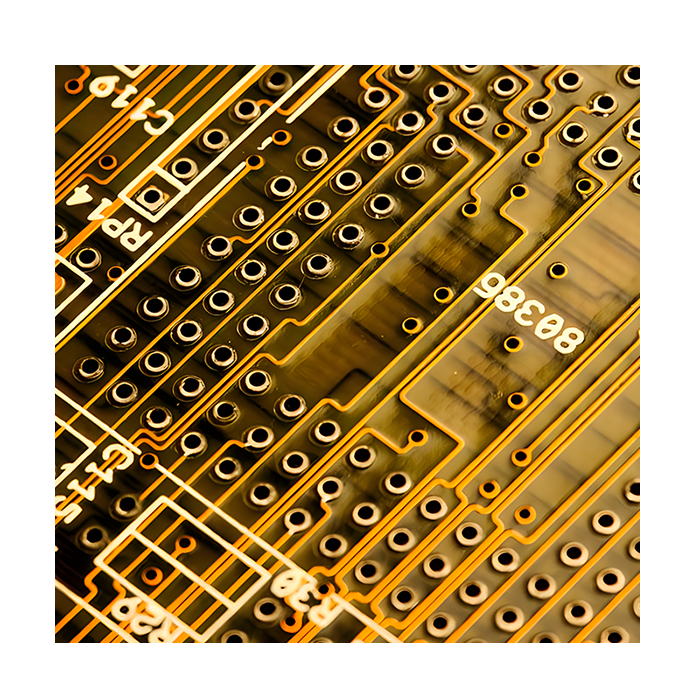 Copper Core
Copper Core PCB Assembly
PCB Assembly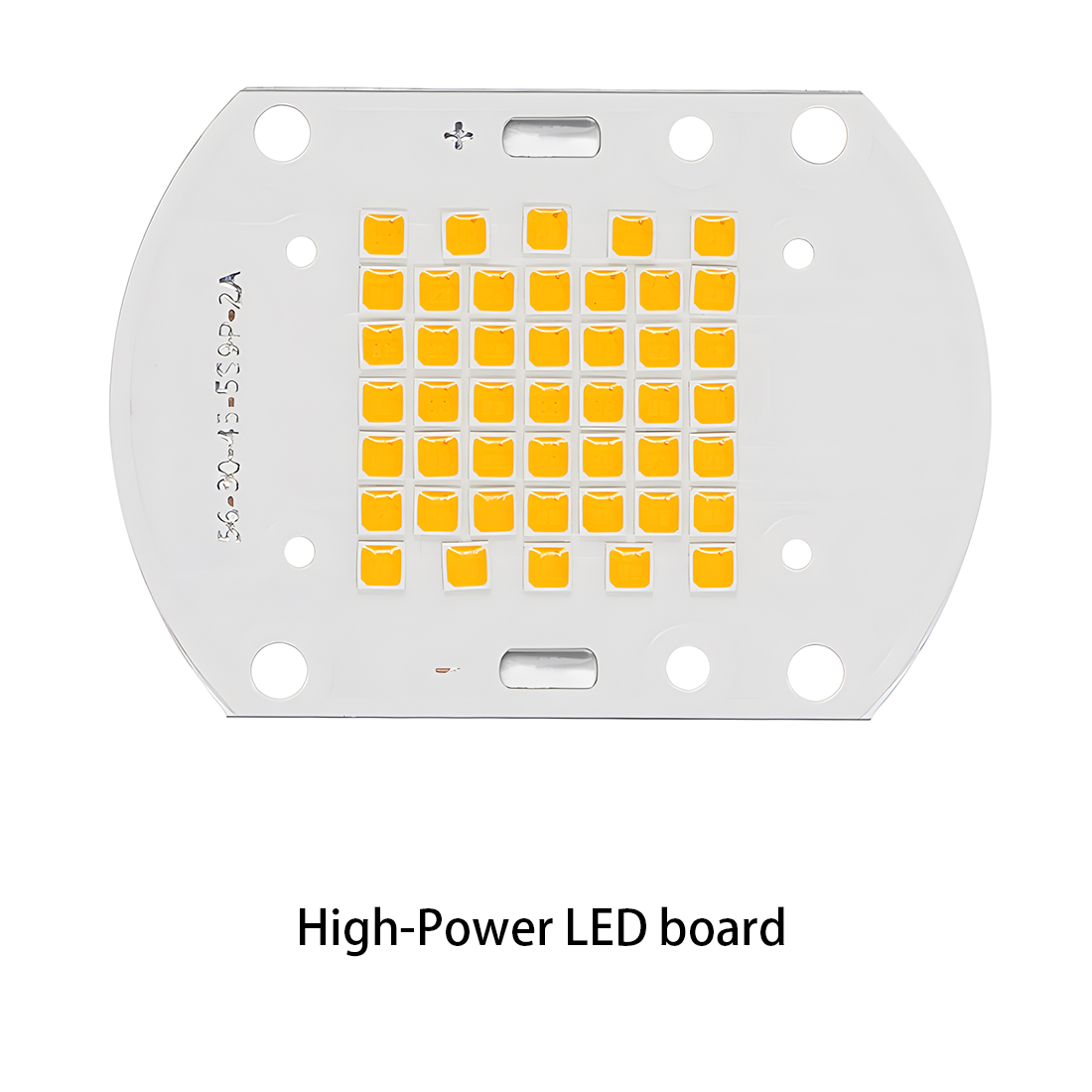 LED light PCBA
LED light PCBA Memory PCBA
Memory PCBA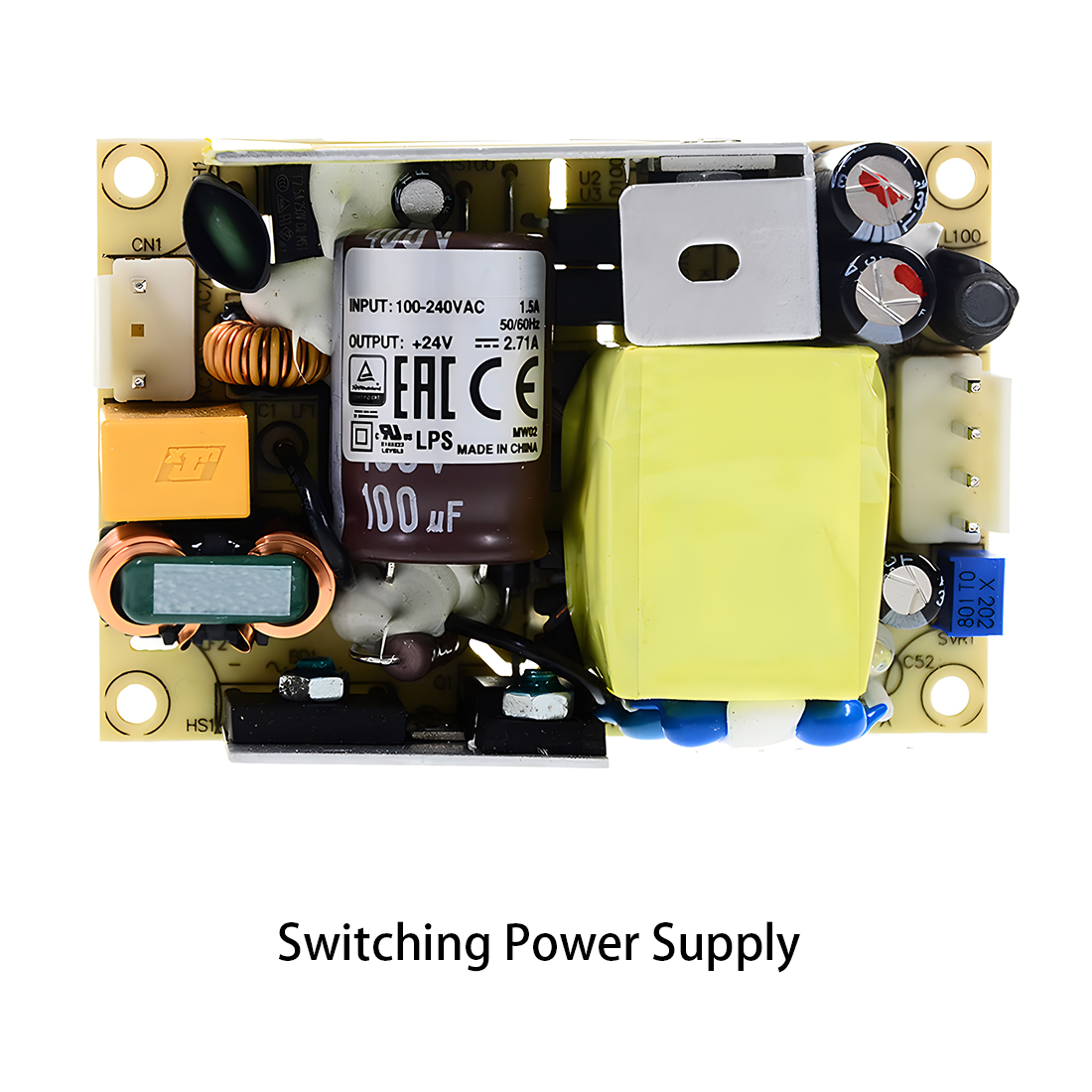 Power Supply PCBA
Power Supply PCBA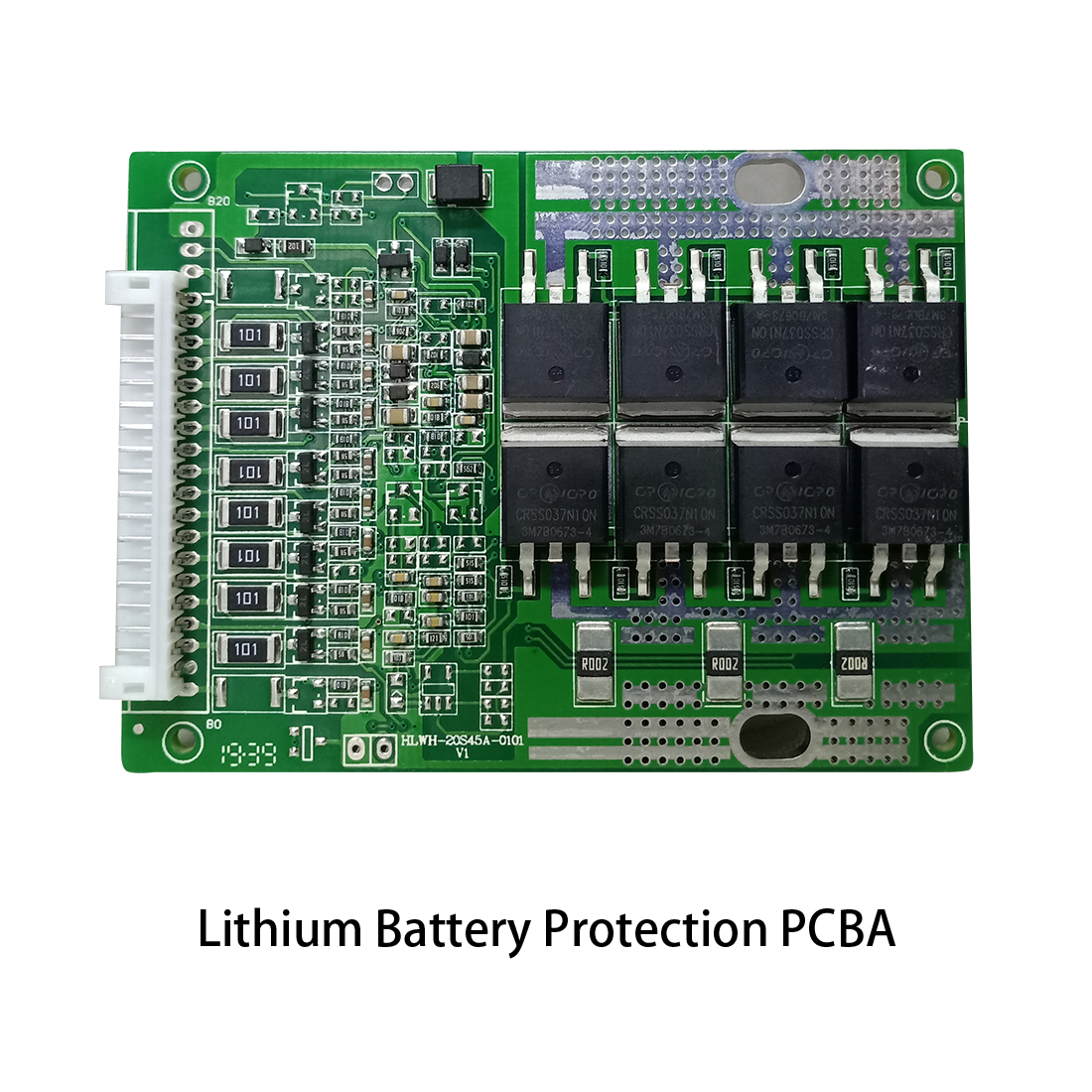 New Energey PCBA
New Energey PCBA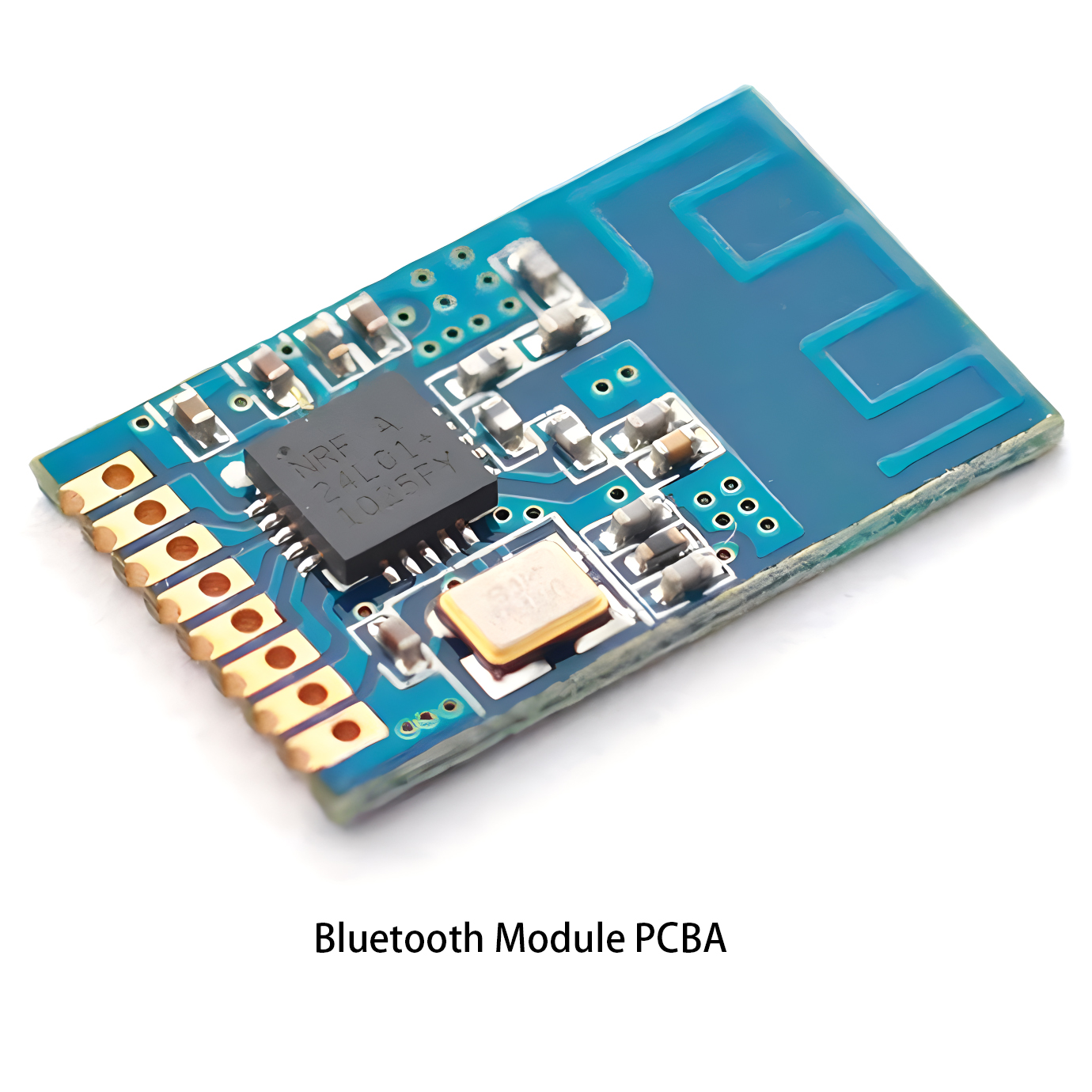 Communication PCBA
Communication PCBA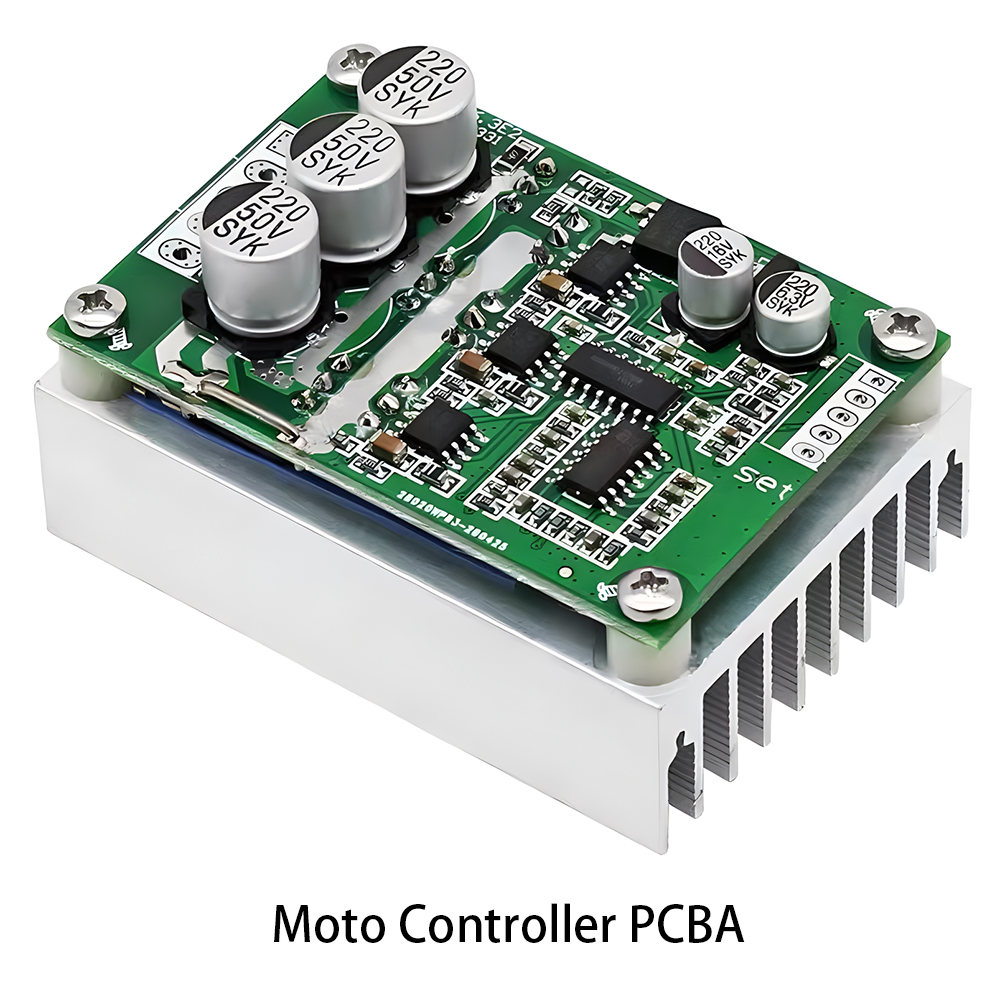 Industrial Control PCBA
Industrial Control PCBA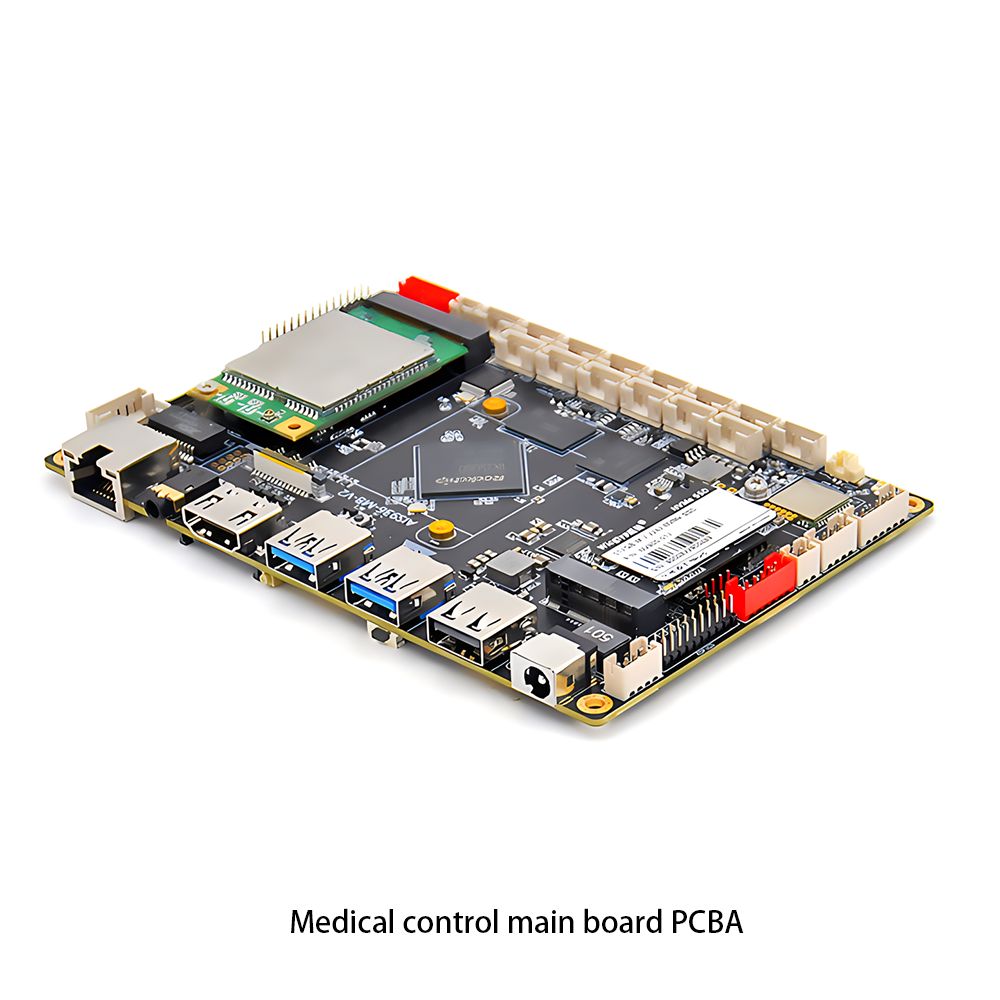 Medical Equipment PCBA
Medical Equipment PCBA Product Rebuild
Product Rebuild PCB Copy
PCB Copy IC Cracking
IC Cracking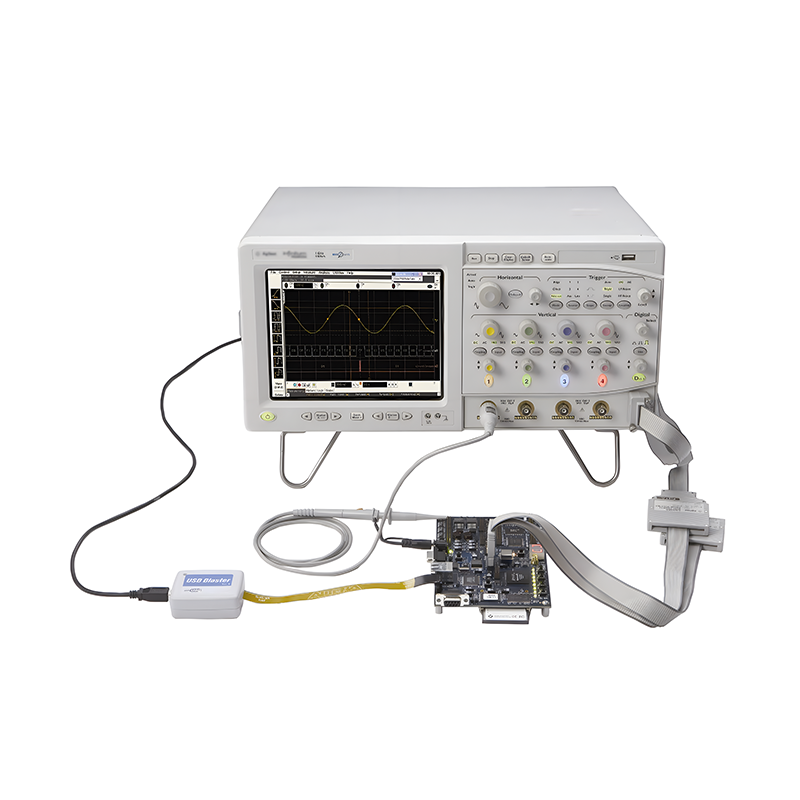 PCBA Testing Service
PCBA Testing Service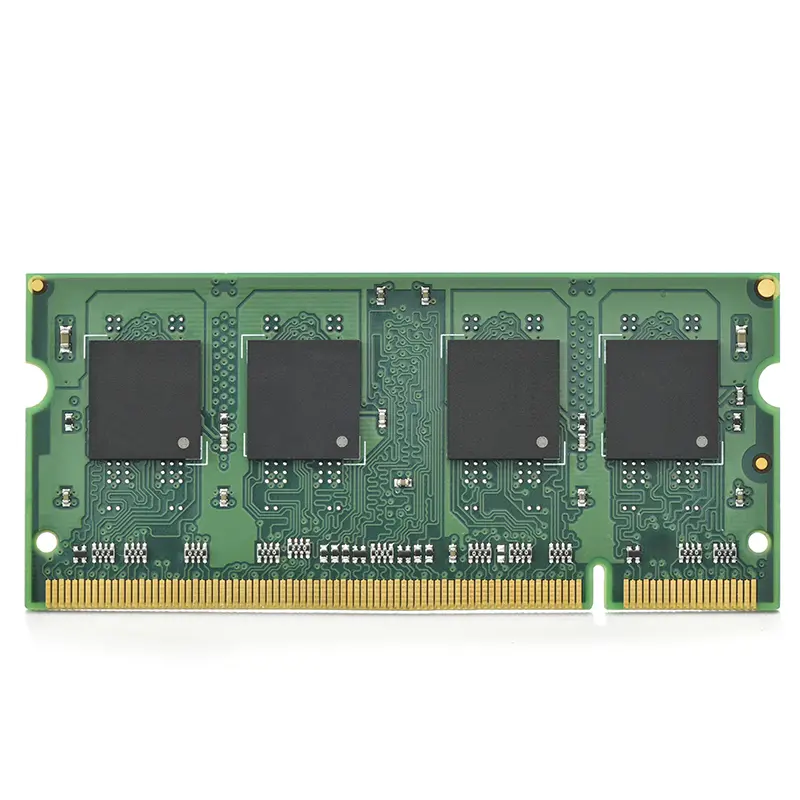 Certification Application
Certification Application RoHS Certification Application
RoHS Certification Application REACH Certification Application
REACH Certification Application CE Certification Application
CE Certification Application FCC Certification Application
FCC Certification Application CQC Certification Application
CQC Certification Application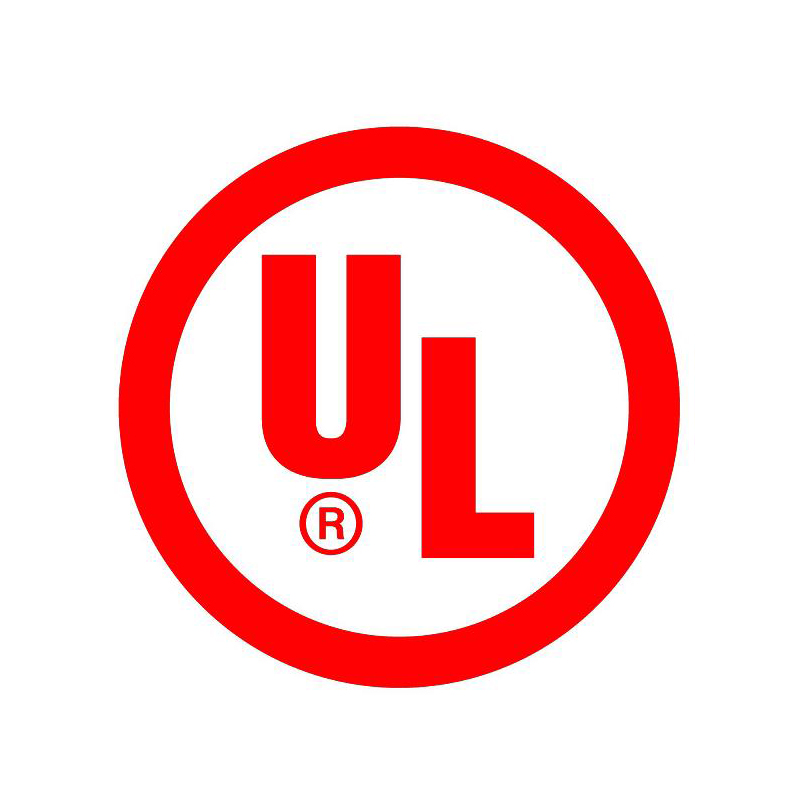 UL Certification Application
UL Certification Application Transformers, Inductors
Transformers, Inductors High Frequency Transformers
High Frequency Transformers Low Frequency Transformers
Low Frequency Transformers High Power Transformers
High Power Transformers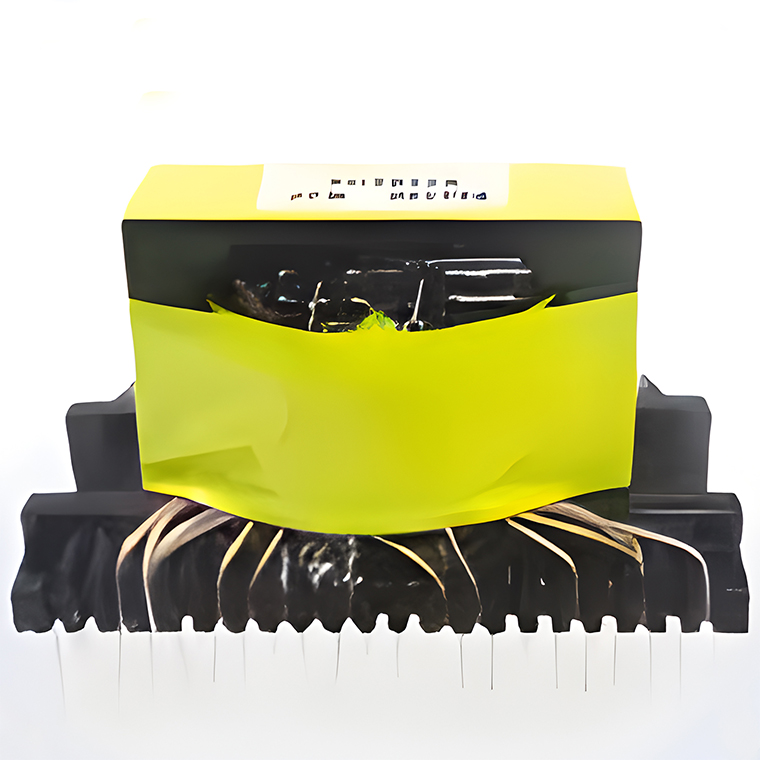 Conversion Transformers
Conversion Transformers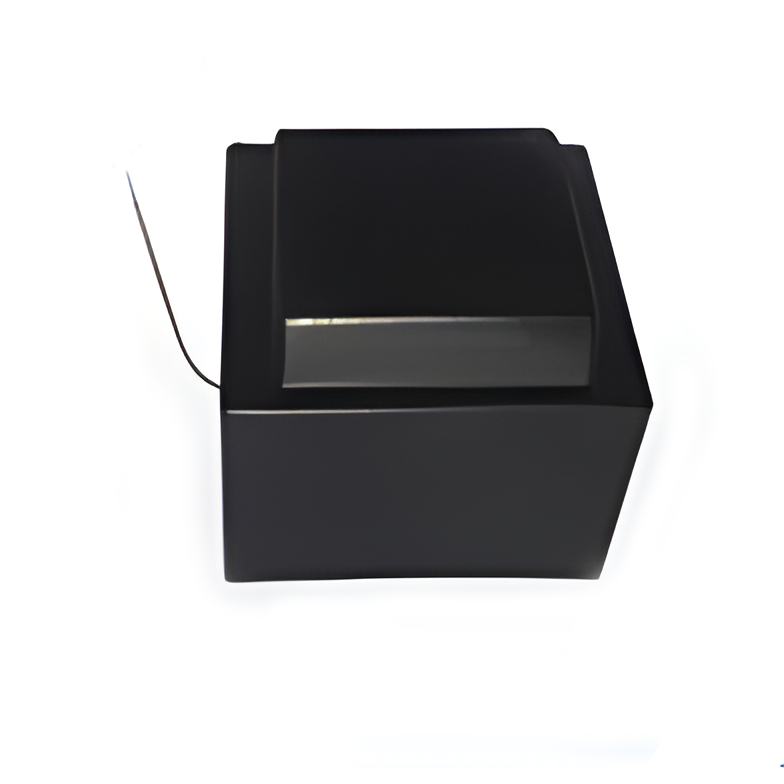 Sealed Transformers
Sealed Transformers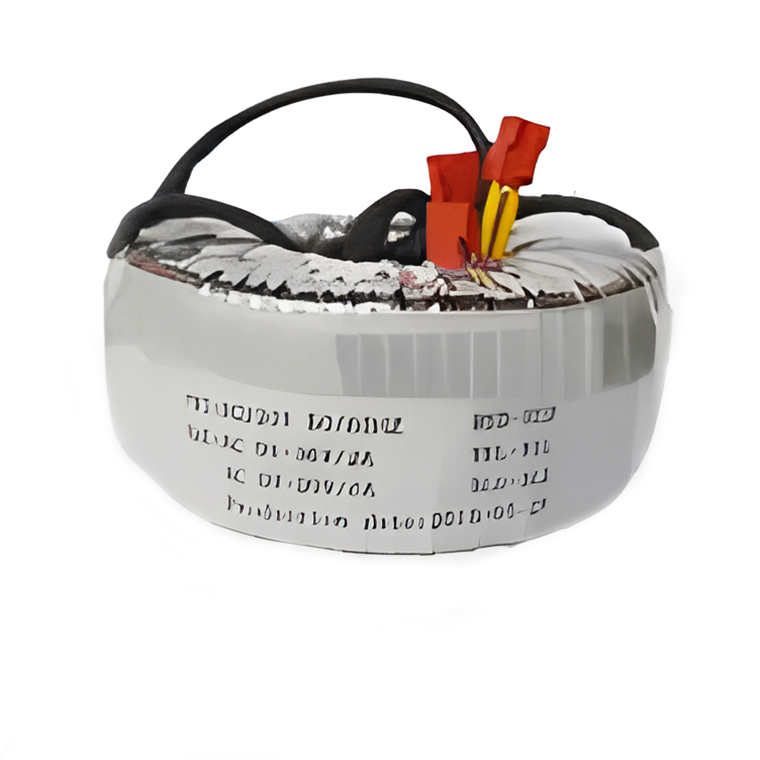 Ring Transformers
Ring Transformers Inductors
Inductors Wires,Cables Customized
Wires,Cables Customized Network Cables
Network Cables Power Cords
Power Cords Antenna Cables
Antenna Cables Coaxial Cables
Coaxial Cables